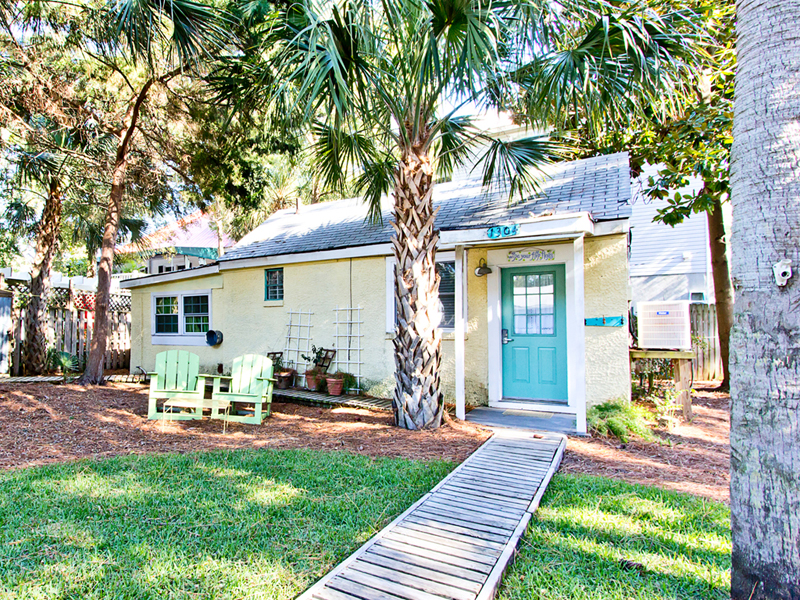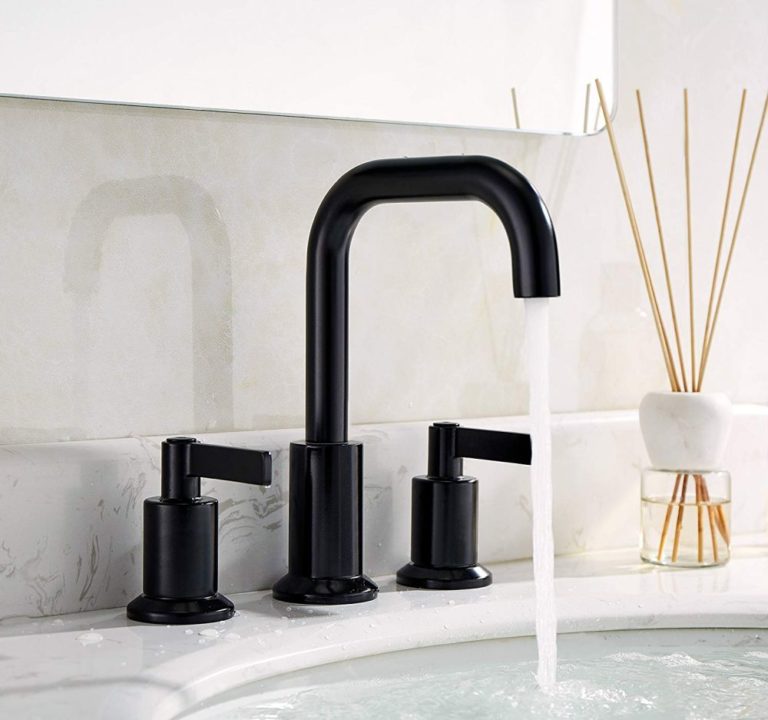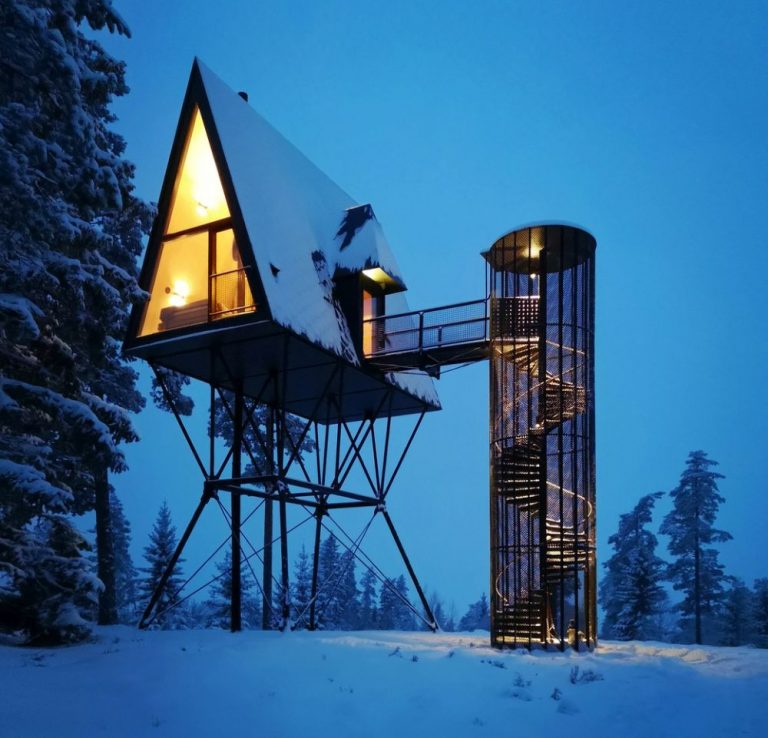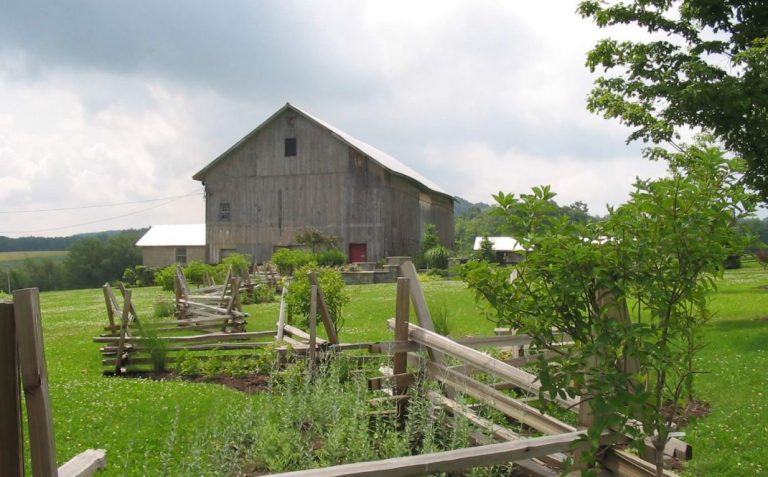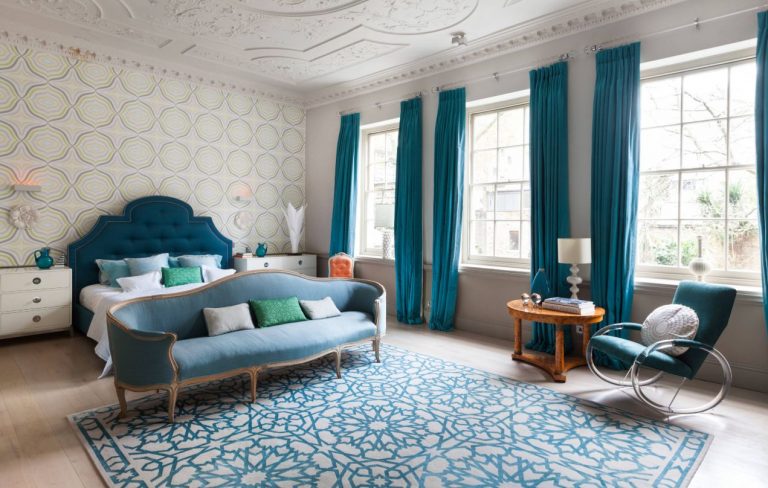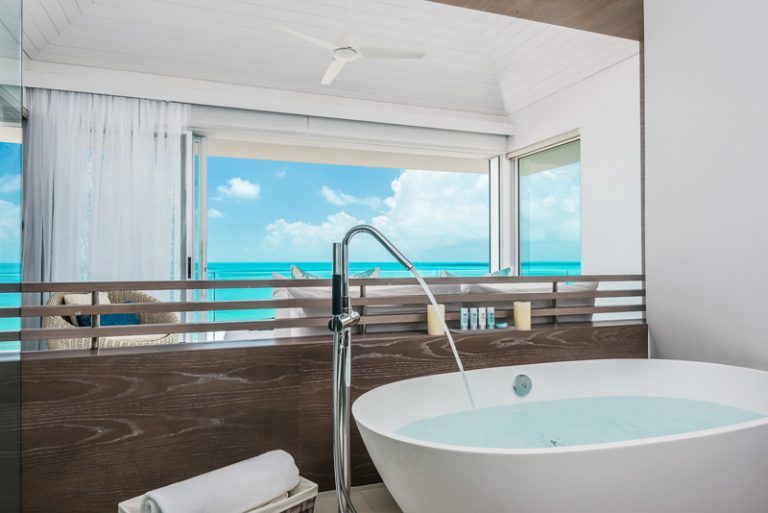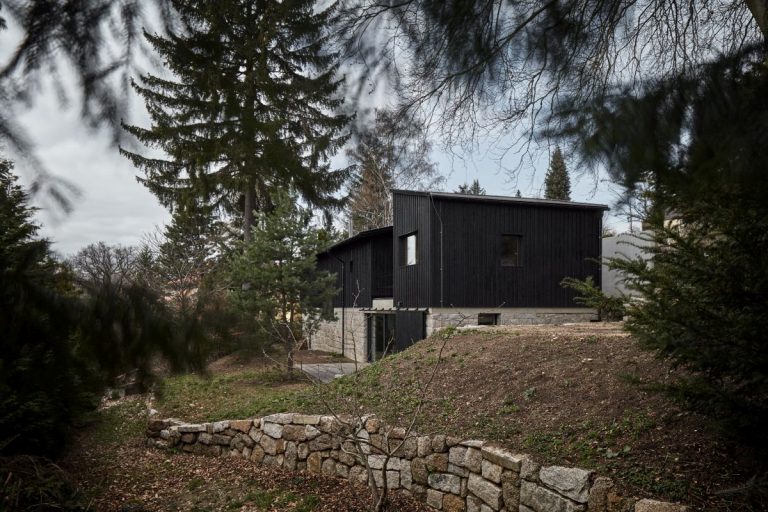What is a Bungalow Exactly? These Are the Defining Features
What is a bungalow exactly, you might ask? Most people know a bungalow as a small one- or one-and-a-half story house with a front porch. But the concepts and intent of a bungalow are much more complex: Its design –and popularity – are rooted in the idea that simplicity and artistry could be combined into an affordable home, which made them wildly popular. To this day, the bungalow remains a very popular type of home.
According to American Bungalow Magazine, these houses gave average people of modest means a way to afford respectable homes that were stylish, convenient and well built with good plumbing. Essentially, the bungalow was the achievement of the American dream, writes the magazine.
While it might have been the embodiment of the American housing dream, oddly, the name comes from India, says Antique Home. Small “bangla” huts were used for travelers in that country and then the English took the style and adapted it to their needs, including covered verandas and open floor plans. SF Gate writes that they became popular in the Northeast US starting around 1900.
Characteristics of a Bungalow
We’ve already mentioned that these houses are typically one or one-and-a-half stories high. That said, the range of designs that call themselves bungalows has grown over the years, for better or worse. Of course, there are some hallmark features that define what is a bungalow.
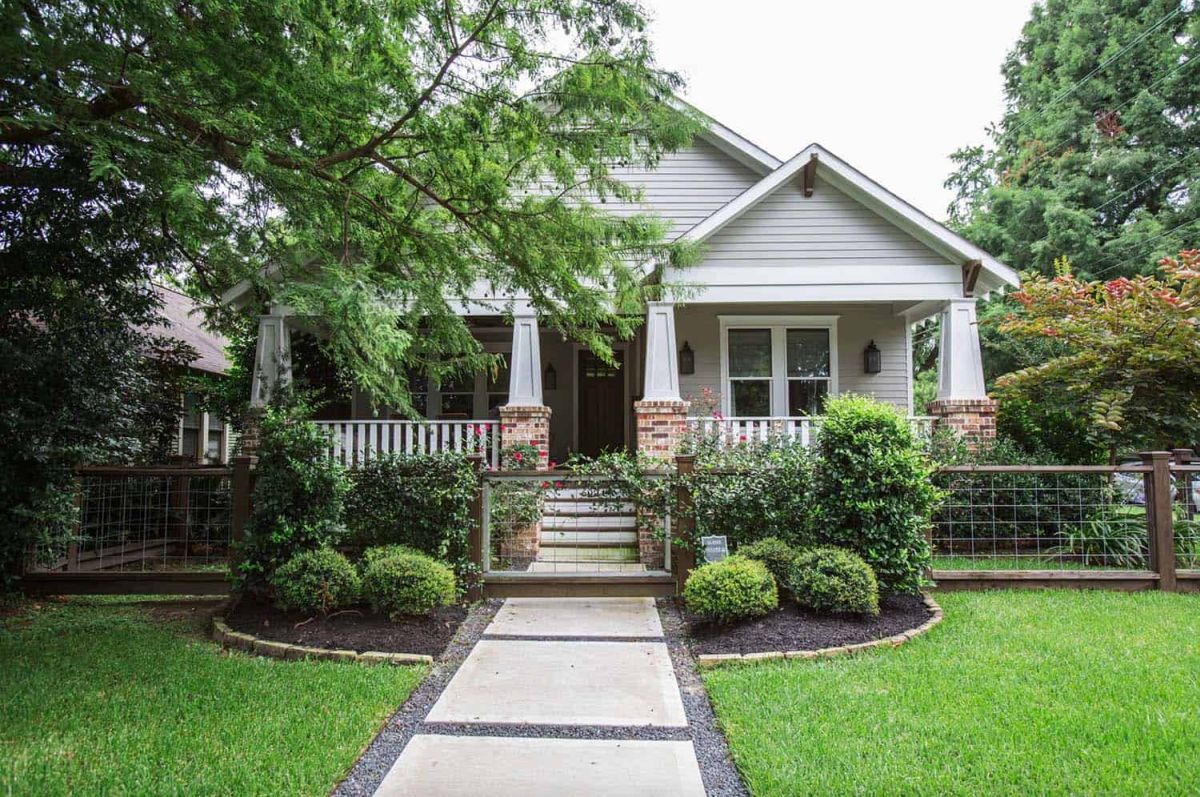
This 1921 bungalow in Houston, Texas was renovated to feature some of the in-demand Craftsman details on the front facade such as the columns and knee braces. Designed by Marie Flanigan Interiors, the updated space included a few strategically placed expansions for liveability. The full-width porch is spacious and welcoming and enhances the compact interior by adding outdoor living space.
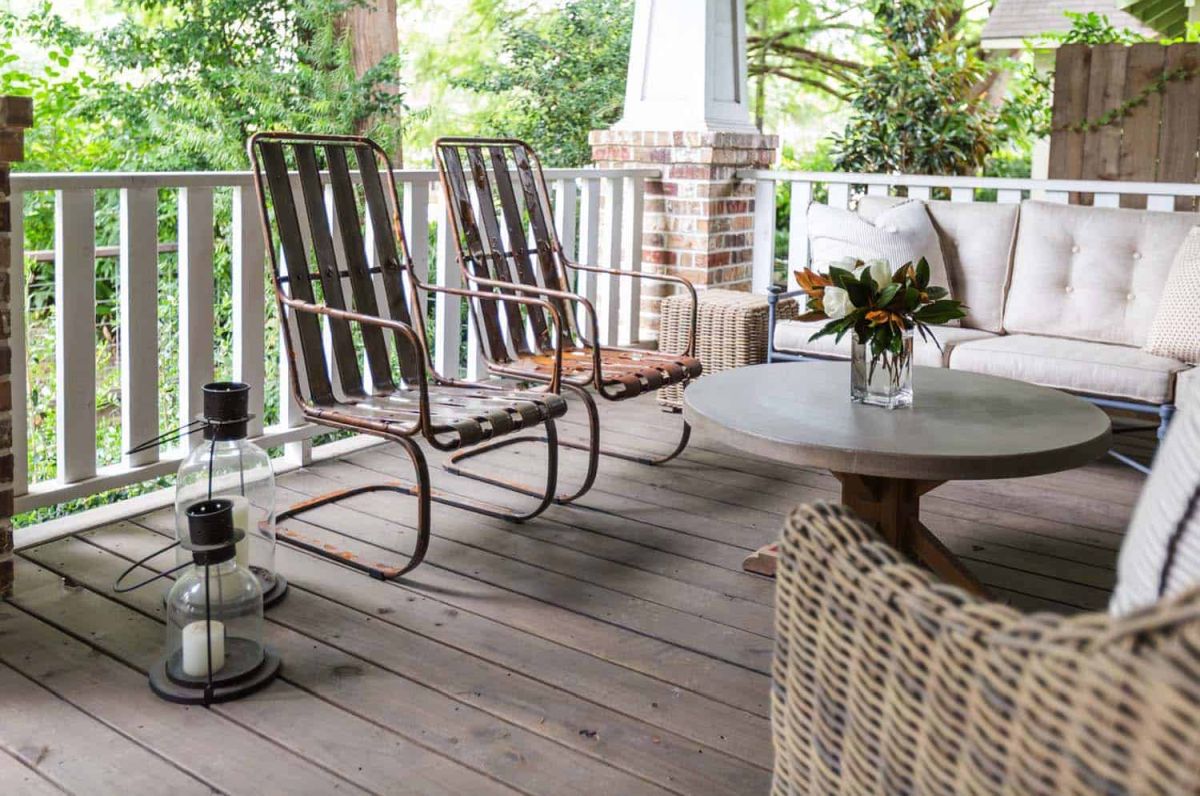
A Low Profile
This is the true distinction of a bungalow. Typically with this type of house, the floor is raised up and front steps are needed. The main ideas was to get all the living space on the main floor, which makes these types of houses easier to build, especially where utilities are concerned, says American Bungalow. At the time these homes were becoming popular, the American Craftsman movement was gaining steam as a backlash to industrial production, so a percentage of bungalows were also arts and crafts style. The big distinction between Craftsman “style” and generic bungalows is the level of fine detail and workmanship, according to Antique Home. Of course, the “kit” homes manufactured by companies like Sears were bungalows, but of the generic type. The affordability and ease of construction in using these kits also contributed to the popularity of this home design.
Open Floor Plan
The interior of a bungalow is very efficient with space because closets are small and there are usually built-in cabinets and shelving. Their smaller size makes them ideal for couples, singles, and those who want to downsize their lives; however, this is also what diminished their popularity when larger homes came into vogue. Now that homeowners are looking for more efficient homes with a smaller footprint – and less maintenance – it is logical that they are seeing a resurgence in demand.
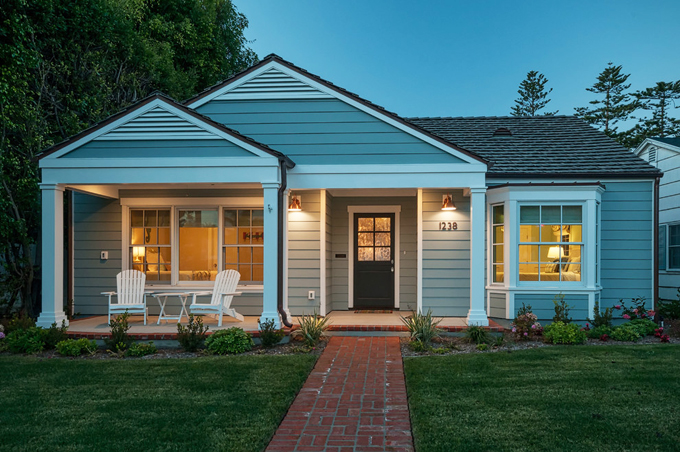
An updated bungalow in Coronado, California has more of a cozy, contemporary feel than a traditional, historic type, but still exudes charm aplenty. Renovated by QualCraft and originally built in the 1940’s the interior includes lots of period details with modern, smart home features hidden underneath. In addition to the charming and colorful interior, the backyard has plenty of private entertaining space while the front porch also has a wide section ideal for seating.
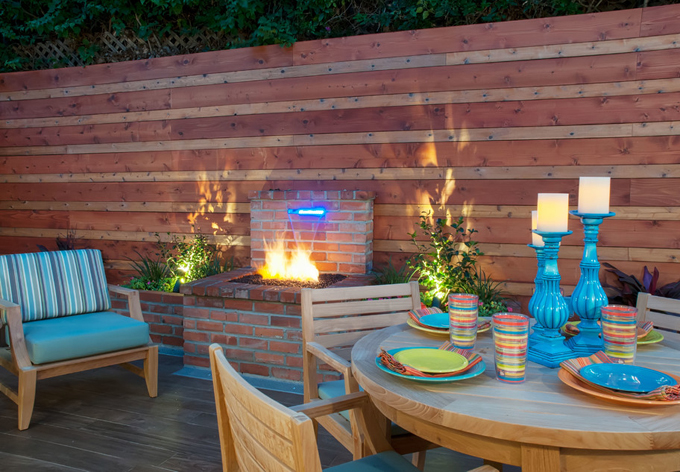
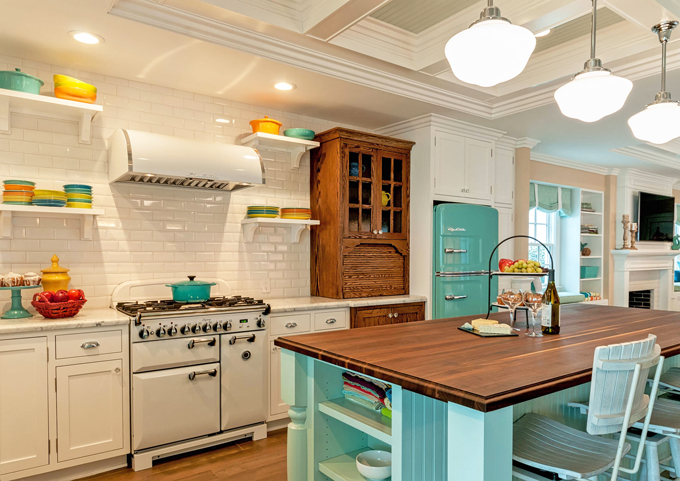
Low-Pitched Roof
According to Antique Home, low-pitched roofs are characteristic of a bungalow and they can be gabled or hipped. This style of house also typically features deep eaves and may or may not have exposed rafters. The larger overhangs were included to help shield the house from direct sunlight.
Along with the low-pitched roof, one of the more defining characteristics of a bungalow is the triangular knee brace that joins the roof to the façade of the house. According to Wentworth Design, these braces were meant to suggest that the beams supporting the roof rafters extended out, they are usually only decorative.
Essential Large Front Porch
Probably the most well-known feature that defines what is a bungalow is its large front porch. In fact, in its article “Bungalow: Small House Big Porch,” Architecture Magazine calls this the defining design feature of a bungalow.
In a way, bungalows were ahead of their time. Today’s home preferences include features that let homeowners bring the outside in, and that’s exactly what the large porch on a bungalow does. On the surface, a big porch on a small house might seem out of place, but the Bungalow Company writes that “When built onto a small house, a porch needs to serve as additional living space in order to justify its use of the limited square footage Ideally, the porch should flow naturally outward from the interior of the house as in an open floor plan.”
Advantages Of Bungalows
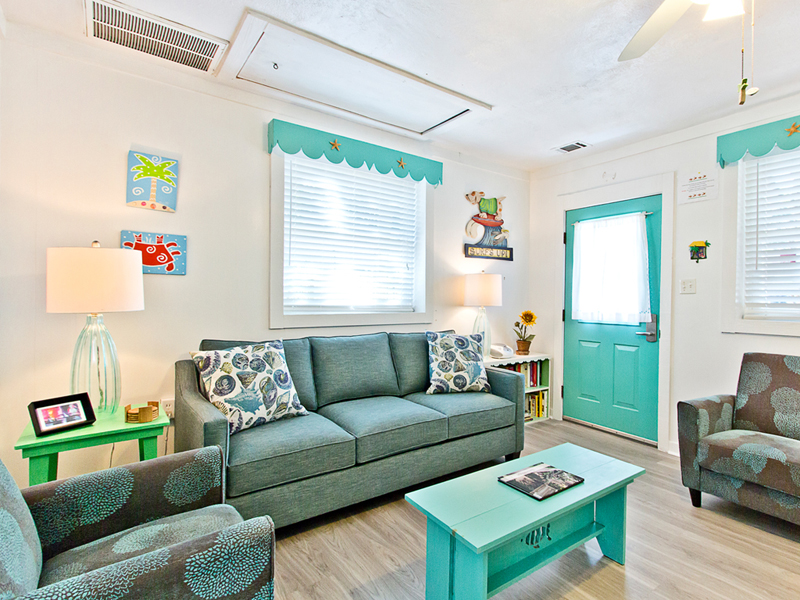
Located on Tybee Island near Savannah, Georgia, this beach town bungalow, named Surf Puppy, shows how this style of house is ideal for carefree living. The 1950s home has been fully renovated and decorated with bright turquoise accents. This particular house is a rental property and has some of the features that characterize what is a bungalow. The open plan living space is ideal for a vacation community whether you rent or live there because it leaves plenty of time for leisure pursuits. This particular one does not have a large porch, but the entire lot is designed for outdoor enjoyment.
Good privacy
A street lined with bungalows generally offers homeowners a good deal of privacy. Thanks to their low profile, AntiqueHome.org says that well-placed plants and shrubs generally shield the windows from view by neighboring properties. The smaller footprint often leaves more space around the sides of the home than a split level house and does not share a wall with anyone like a townhouse.
Great for Older adults
Having all the living space on a single floor defines what is a bungalow and makes it great for older adults or those who have mobility issues. Not having to navigate stairs makes life more efficient, safe and effortless. Many older people end up living in homes where they can no longer access the second floor, meaning that much of their homes are not accessible or liveable.
Open-Plan Design
Bungalows were ahead of their time in that they have more of an open plan living space than a traditional colonial or Victorian style home. Today’s preferences for spacious, open floor plans make bungalows a very popular choice.
They’re Kid-Friendly
Families that have young children also appreciate having all the living space on one floor in an open plan. Stairs can be a hazard for youngsters, so choosing what is a bungalow layout is an ideal option.
Room for More
Because low profile bungalows are usually situated on generous lots, there’s room for improvement and expansion. If homeowners find they need more space, it can be possible to add on – or up – for more bedrooms or other living space.
Great resale
Bungalows are always in high demand. If you want to make sure a home will sell when it’s time to move, a bungalow is a great choice. This is especially true these days as millennials look for smaller, more efficient homes and older adults aim to downsize from large family homes.
Disadvantages of Living in a Bungalow
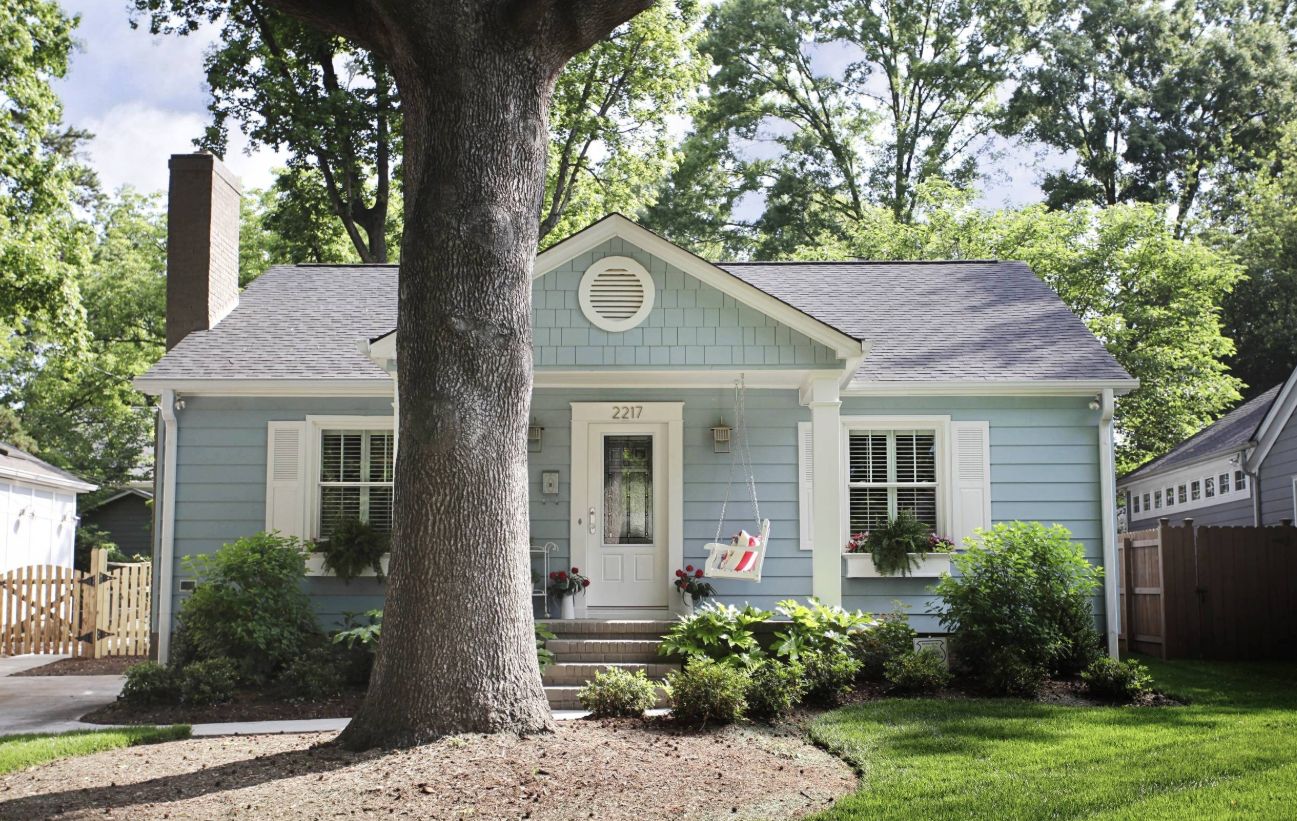
The original bungalow that this renovated home started from was only 850 square feet and built in the 1940’s. Because the Charlotte, North Carolina house had been abandoned, it needed a total transformation, done by Bay Street Bungalows. The designers also added 1,000 square feet to the back of the house, allowing them to design a contemporary open plan home with every modern convenience and plenty of craftsman detailing. Many bungalows on the market can be older homes that need a lot of renovation, but the results, like this, can be spectacular.
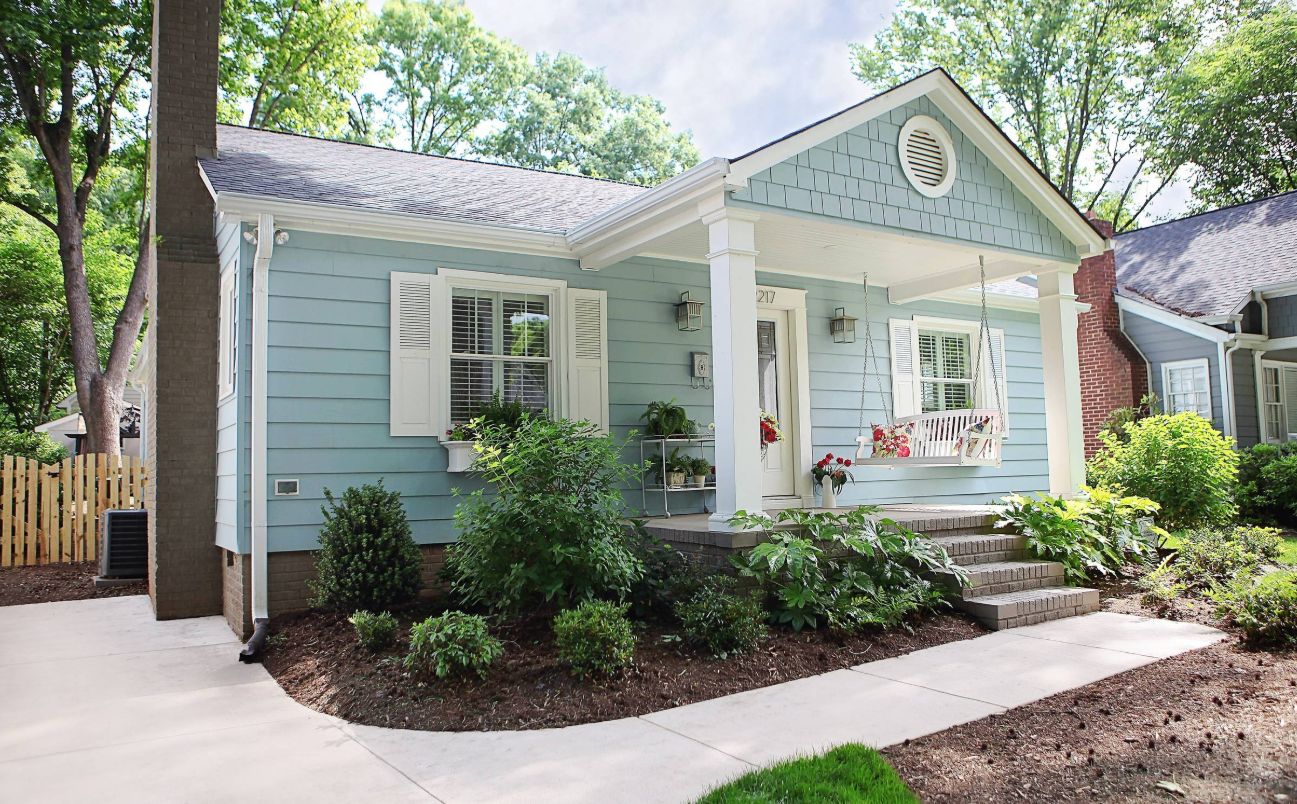
Can You Even Find One?
While their popularity might make them easy to sell, the other side of the equation is that they might be hard to find. ON top of that, they might carry a premium price. In hot housing markets, homes for sale are often at the center of bidding wars with prices going far above the asking price. Depending on where you live, it you might have to pay more – assuming you find one.
More Expensive
Some people feel that they get more living space when buying a house instead of a bungalow. Because they are smaller and so popular, homeowners often end up paying a higher price per square foot for a bungalow, even though the lot is the same size as it would be for a regular house.
Too Much Togetherness
A smaller one-story house can be challenging for families when it comes to noise, clutter and the lack of division between the living area and the sleeping spaces. Moreover, the bathrooms are also in close proximity of both the living room and bedrooms. Families can find a bungalow’s more compact space a challenge if anyone is a light sleeper.
Dated Interior Design
Just like any home sold by long-time residents, a bungalow might need some major upgrades. Because the people who often buy them love them so much, they tend to stay put. In addition, they’re popular with older adults because of the single-level design, so if you’re shopping for a bungalow, you might need to have a healthy renovation budget or at least a budget for upgrading appliances and perhaps fixtures.
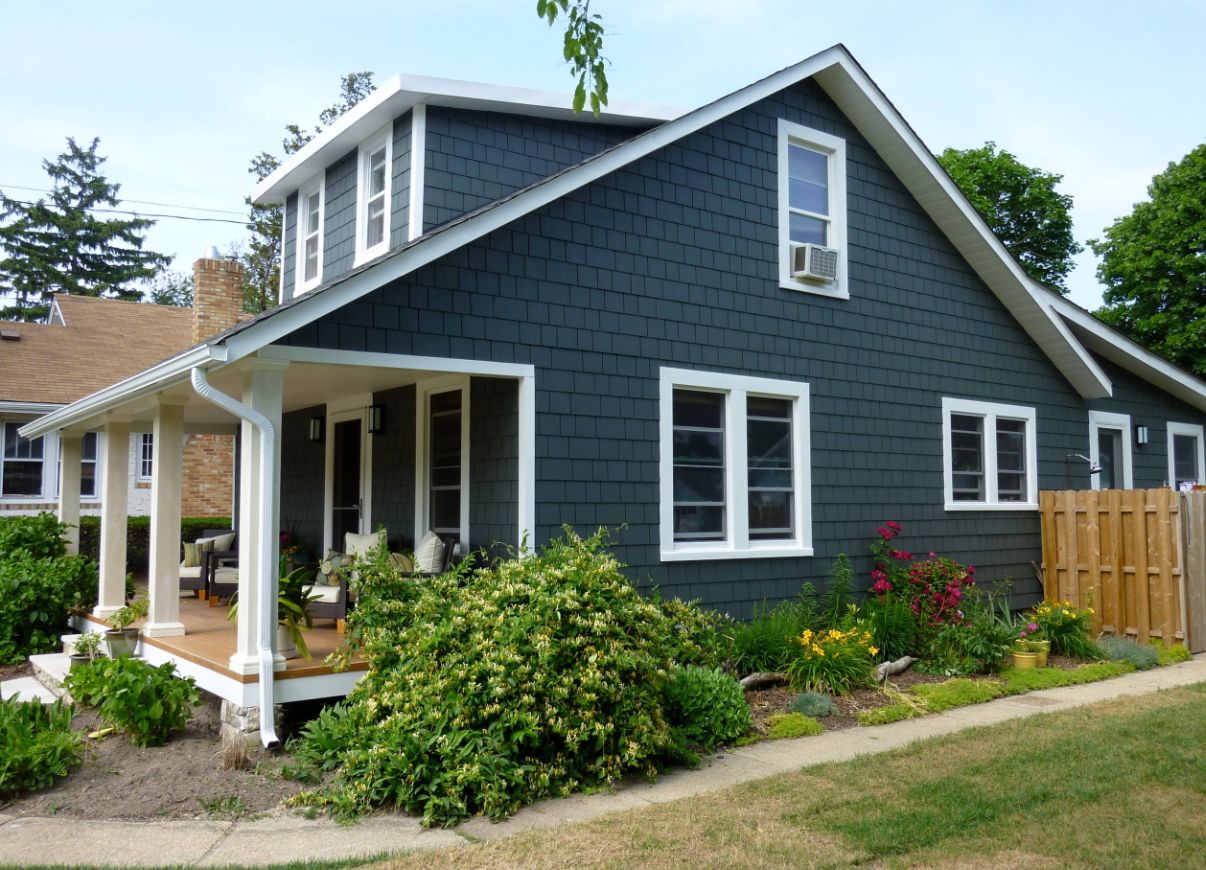
Security Concerns
When considering what is a bungalow, the same features that make onew appealing, like its low, one-story profile, are the same ones that some homeowners might not be comfortable with. Not everyone feels safe sleeping on the ground floor with the windows open, so if you are a fan of nighttime fresh air, this might not be the type of house for you. Also, in neighborhoods with safety concerns, a bungalow might not be the best choice.
The post What is a Bungalow Exactly? These Are the Defining Features appeared first on Home Decorating Trends – Homedit.
